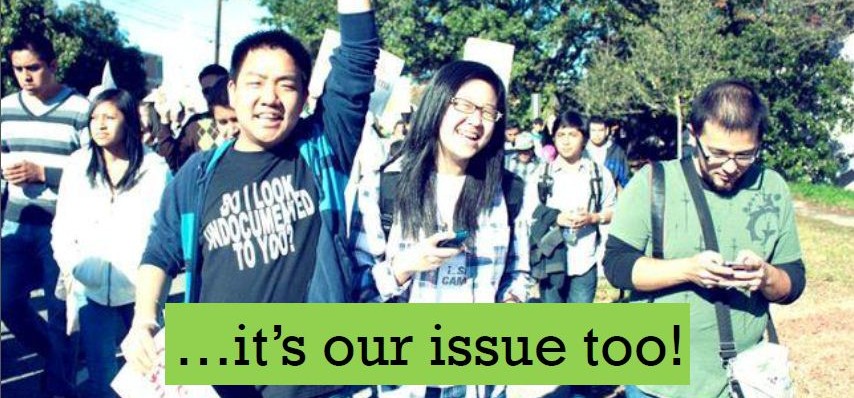Synthesis:
The model minority myth of achievement orientation is the common belief that “all Asian Americans exhibit greater success than any other minority ethnic group and are overall, the superior racial minority group excelling in academic, social, and financial facets of life”.37 In addition to this belief, AAPI students are lumped in a singular category, “Asian”, when data is gathered in public schools.36 Two different scholarly articles discuss the effect of these two things on AAPI students in public schools. The two articles are “The ‘Asian’ Category in MCAS Achievement Gap Tracking: Time for a Change,” by Philip Lee, and “Dropout Prevention and the Model Minority Stereotype: Reflections from an Asian American High School Dropout,” by Jade Weller and Nicole Pyle.
The first article focuses on how the data gathering process on AAPI students in public schools perpetuates the model minority myth and masks true gaps that may exist for certain AAPI subgroups. On achievement graphs with data from the Massachusetts Comprehensive Assessment System (MCAS), male and female AAPI seem to perform similarly to white students on the ELA exams, and surpass whites on math exams. 85% of AAPIs as a whole had at least a high school degree, which is a higher percentage than any other racial group, but these percentages are not the same for all Asian subgroups. Only 50% of Laotians and 47% of Cambodians had at least a high school degree, and these percentages coincided with the number of people in these subgroups living in poverty (19% and 29%, consecutively). Vietnamese students were also less likely to complete high school than African American students, and their average results on the verbal exam were significantly lower than the national average. As seen with these percentages, Lee argues that data must be disaggregated to uncover disparities, so that resources can be allocated to groups that need the most assistance.36
The second article focuses on Andy, a Korean American student from a low-income immigrant family, who dropped out of high school because of the lack of resources that were available for him. It is recognized that the failure to identify at-risk students is an issue, regardless of racial or ethnic group, but the perpetuation of the model minority myth especially fails to identify AAPI students who are at risk of dropping out, because they are expected by educators and society to all be successful as a collective racial group. Andy expressed that he was never identified as “at-risk”, so resources such as adult advocates, academic support, and a personalized learning environment were never provided for him. Simply, he fell through the cracks.37
These two articles highlight the negative effects of the accepted model minority myth on AAPI students. The lack of research and support in schools fail AAPI students who are expected to be high-achieving, despite their different backgrounds. More awareness must be raised so that AAPI students can receive the help and support that they need, and grassroots organizations are working to empower communities to take action and disprove the model minority myth.
Links to Articles:
The “Asian” Category in MCAS Achievement Gap Tracking: Time for a Change, by Philip Lee36
Dropout Prevention and the Model Minority Stereotype: Reflections from an Asian American High School Dropout, by Jade Weller and Nicole Pyle37
